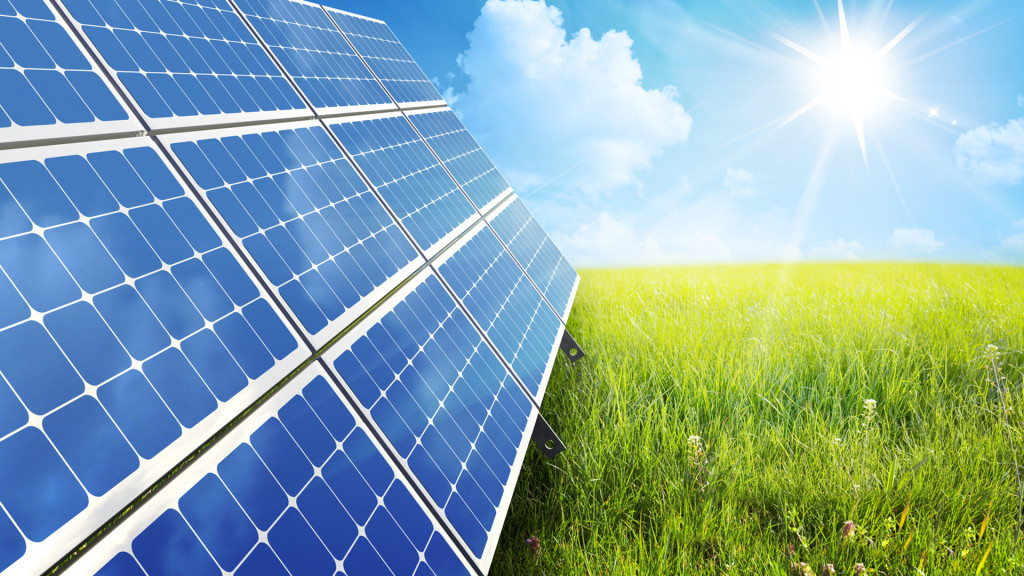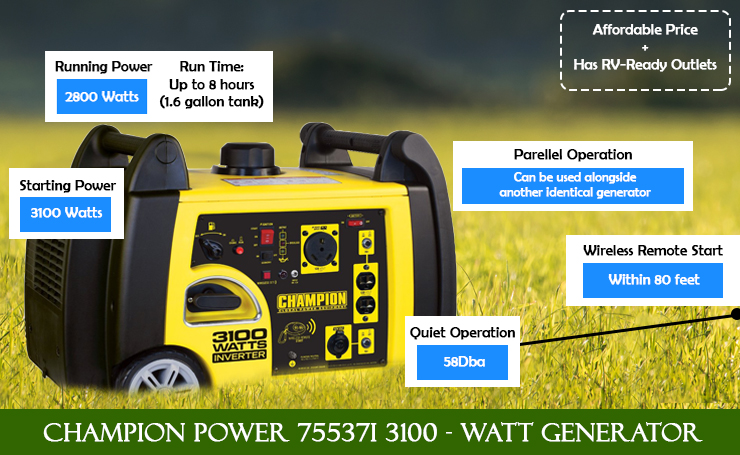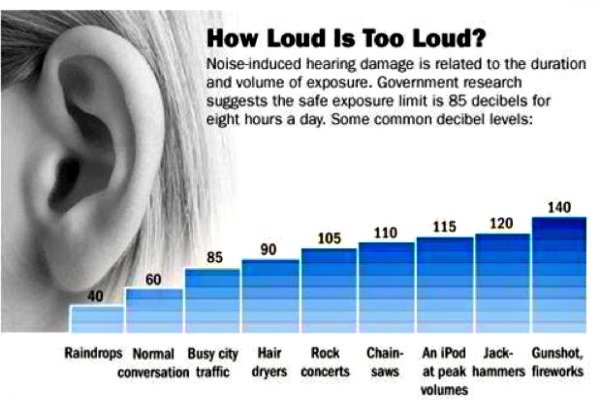What are the different types of solar panels? Which are the best solar panels? The Best For Home Use? Everything you need to know, to help solve your energy problems!
Overview: Different types of solar panels for home use
If you have finally decided to switch to solar power but you don’t know which type is the best solar panels to buy, our which type is the best solar panels to consider, look no further. There are a number of factors you need to consider when buying solar panels, however, factors like “type” top the list of the most important factors to consider. This article will cover the main types and best solar panels among other important information like their pros, cons, best application etc. Before we get started, please note that in this context, the term solar panels will be used to describe photovoltaic solar panels (solar panels which generate electricity) and not solar thermal collectors.
Best Solar Panels : Main types of solar panels
The best solar panels to be considered will always include the three main types of solar panels used in homes. They include; monocrystalline silicon, polycrystalline silicon and thin film solar panels. Before discussing each of these to help you find the best solar panels to consider, let’s briefly discuss crystalline silicon which is the basis of monocrystalline and polycrystalline solar cells.
Crystalline Silicon
Crystalline Silicon (c-Si) forms the basis of monocrystalline and polycrystalline silicon solar cells. Almost all photovoltaics globally today are made using some variation of silicon. In 2011 for instance, 95% of all solar panel shipments for residential applications in the U.S. were made using crystalline silicon. It’s worth noting that the silicon used in photovoltaics takes many forms the main difference being purity.
Solar panels with perfectly aligned silicon molecules have a better photoelectric effect i.e. they tend to convert solar energy into electricity more effectively. Solar panel efficiency goes hand-in-hand with purity. The process of enhancing silicon purity is, however, expensive. This explains why highly efficient solar panels are more expensive.
Monocrystalline Silicon Solar Cells

Monocrystalline silicon solar cells are solar cells made using (mono-Si) monocrystalline silicon which is also known as single crystalline silicon. Monocrystalline silicon solar cells are easily recognizable from their even external coloring and uniform look which is an indication of high-purity silicon.
Mono-Si solar cells are made from silicon ingots which have a cylindrical shape. To optimize the performance of mono-Si cells while keeping their cost down, the cells’ four sides are cut (out of the cylindrical ingots) to form silicon wafers which give the panels their signature look featuring rounded edges. Polycrystalline silicon solar cells look perfectly rectangular.
Main advantages
· Higher efficiency rates: Solar panels made using monocrystalline silicon solar cells boast of the highest efficiency rates because they are made using the highest-grade silicon. Their efficiency rates are higher than the average 15-20% common with typical crystalline solar panels.
· Better space efficiency: Monocrystalline solar panels also have unmatched space efficiency. Since the cells boast of having the highest efficiency rates, they produce the highest output per cell meaning you don’t need many panels consuming plenty of space to produce enough solar power for your home. In fact, monocrystalline solar panels produce up to 4Xs as much solar power compared to thin-film solar panels.
· Last longer: Monocrystalline solar panels also last longer than other types of solar panels. Most monocrystalline solar panel manufacturers sell their panels with a 25-year warranty which is unmatched.
· Better overall performance: Monocrystalline solar panels also tend to perform better compared to polycrystalline solar panels during low-light conditions. They are therefore the most ideal option for you if you live in an area with low-light conditions.
Main disadvantages
· Most expensive: Monocrystalline solar panels happen to be the most expensive given the fact that they are made using the high-purity silicon which is expensive to produce. Although the cost of the panel can be lowered by cutting, polycrystalline silicon solar panels and thin-film panels (in some cases) are better for homeowners than monocrystalline solar panels from a cost standpoint.
· The entire solar panel circuit can be broken down easily if the solar panel happens to be covered partially by dirt, snow or shade: Monocrystalline solar panels aren’t the best types of solar panels if you anticipate dirt, snow and shade problems. These problems can, however, be countered by replacing central string inverters with micro-inverters to ensure the entire solar array isn’t affected by shade/dirt/snow issues affecting one solar panel.
· Wasteful manufacturing process: The Czochralski process used in the manufacture ofmonocrystalline solar panels is wasteful given the fact that the four sides of the resulting large cylindrical ingots must be cut out to form silicon wafers. As a result, a lot of silicon is wasted.
· Selective efficiency: Monocrystalline solar panels are more efficient during warm weather. Their performance suffers when the temperature increases. It is, however, important to note that they are more efficient than polycrystalline solar panels in this regard. Furthermore, extreme temperature fluctuations aren’t a cause for concern among most homeowners.
Polycrystalline Silicon Solar Cells

Polycrystalline solar panels don’t need to undergo the Czochralski process like monocrystalline based solar panels. The panels are made by melting raw silicon and then pouring it into square molds before cooling it and cutting it into square wafers. Polycrystalline, polysilicon or multi-crystalline silicon based solar panels date back to 1981. The panels have a number of advantages the most notable being;
Main advantages
· They are easier to make/less costly: Polycrystalline silicon solar panels are easier to make compared to their monocrystalline counterparts because they don’t undergo the Czochralski process which requires cutting and results in a lot of waste. As a result, they cost less.
Main disadvantages
· Worse heat tolerance: Polycrystalline solar panels have a lower heat tolerance than monocrystalline solar panels. As a result, they perform worse than monocrystalline panels in high temperatures.
· Shorter lifespan: The poor heat tolerance of polycrystalline solar panels shortens their lifespan. It’s worth noting that heat affects solar panel performance, so should be a small consideration when deciding on the best solar panels for your environment. It is, however, a minor factor that shouldn’t be a cause for to much concern.
· Less efficient compared to monocrystalline solar panels: Multi-crystalline solar panels have an efficiency that ranges from 13-16% because of their lower silicon purity. This shouldn’t, however, be taken to mean that every single monocrystalline solar panel performs better than every single polycrystalline silicon solar panel because that’s not the case.
· Lower space efficiency: Polycrystalline solar panels also have lower space efficiency. You need more polycrystalline solar panels to get the same output as you would with monocrystalline solar panels. This shouldn’t, however, be a cause for concern if you have plenty of space on your roof.
· Poor aesthetic appeal: Monocrystalline and thin-film panels tend to look better than polycrystalline solar panels because of their uniform look. This is, however, subject to personal tastes and preferences since there are some people who don’t mind how polycrystalline solar panels look. So continue to do your research for which is the best solar panels for your personal taste.
String ribbon solar panels

Although rare, string ribbon solar panels are a great example of polycrystalline solar panels. The solar panels are made using a special manufacturing technology. Manufacturing starts by pulling temperature-resistant wires through molten silicon. This process results in thin silicon ribbons. A lot of silicon is saved in the process. String ribbon solar panels resemble typical polycrystalline solar panels in every regard.
Main advantages
· Efficient manufacturing: String ribbon solar panels use 50% less silicon compared to the Czochralski process used to manufacture monocrystalline solar panels.
· Lower cost: Since the manufacturing is highly efficient, string ribbon solar panels cost less.
Main disadvantages
· Energy intensive manufacturing: The manufacturing cost may be efficient but it results in higher energy costs which make it difficult for string ribbon solar panels to be priced as low as possible.
· Low output: String ribbon solar panels have an output of 13 to 14% which is low compared to competing panels. It is, however, worth noting that researchers have been able to increase the output to 18.3% which is at par with industry standards.
· Low space efficiency: String ribbon panels have the lowest space efficiency of all crystalline-based panels.
Thin-Film Solar Cells (TFSC)

Thin-Film Solar Cells (TFSC) which are also known as TFPV (thin-film photovoltaic cells) are made by depositing one or more layers of thin photovoltaic material on a substrate. There are several thin-film solar cell types categorized based on the photovoltaic material that is deposited on the substrate. The main thin-film solar cell types include; a-Si (amorphous silicon), CdTe (cadmium telluride), CIS/CIGS and OPC (organic photovoltaic cells). Depending on factors like technology, different thin-film solar cells reach different efficiencies ranging from 7 to 13%. Production modules operate at approximately 9%. Future TFSC modules are expected to operate at a better efficiency (from 10 to16%).
Main advantages
· Simple to mass-produce/cheaper: Thin-film solar panels are very easy to manufacture compared to crystalline-based solar cells which makes them cheaper.
· More attractive: Thin-film solar cells have a homogeneous appearance which makes them more attractive.
· Customized application: Thin-film solar panels can be manufactured flexibly. This makes the solar cells the best for most new applications.
· Great heat and shading tolerance: Unlike monocrystalline and polycrystalline panels, shading and high heat have very little impact on thin-film solar panel performance.
· Perfect for home use when spacing isn’t an issue.
Main disadvantage
· Not suitable for most residential applications: Thin-film solar panels are cheaper, however, they need relatively more space which makes them unsuitable for most residential applications where space is an issue. Monocrystalline solar panels generate up to 4Xs the amount of solar power produced by thin-film panels for the exact amount of space.
· High cost of installation: Since thin-film panels have a low space efficiency, installation demands higher cost of cables and support structures.
· Short lifespan: Thin-film solar panels also have a shorter lifespan compared to their monocrystalline and polycrystalline counterparts. The solar panels are usually sold with shorter warranties.
Thin-film solar cells
Amorphous silicon, cadmium telluride (CdTe) and (CIS/CIGS) solar panels are the only thin-film solar panels available in the market today.
1. Amorphous Silicon Solar Cells
Traditionally, these thin-film solar cells have been used for small-scale applications because of their low electrical power output. Numerous technological advances have however made it possible for amorphous silicon (a-Si) cells to be used in large scale applications today. Many amorphous silicon solar cell layers can be stacked together to boost efficiency to 6-8%. Amorphous silicon solar panels stand out because they require only 1% of the total amount of silicon used to make crystalline silicon solar cells. As a result, they tend to be relatively cheaper although stacking is a bit expensive.
2. Cadmium Telluride Solar Cells
Cadmium Telluride Solar (CdTe) panels surpass the cost effectiveness of crystalline silicon panels significantly. They are way more cost effective compared to amorphous silicon cells. They are also more efficient considering they operate at a 9 to 11% efficiency range.
3. CIS/CIGS solar cells
CIGS (Copper indium gallium selenide) solar cells are the best thin-film solar cells in regards to efficiency at 10 to 12%. The solar cells are also safer considering the contain way less amounts of cadmium, a toxin present in CdTe cells. CIS/CIGS solar cells are relatively new in the market considering commercial production started just recently in 2011 in Germany.
An excellent video on How Solar Panels work:
Summary and verdict: The Best Solar Panels for Your Home
The above information highlights everything you need to know about the main types of solar panels from how they are made to their main pros, cons, and suitable applications. After going through the above information, you shouldn’t have a problem choosing the best solar panel type for home use.
Although there are many factors to consider, the most important are space and cost. If you’re like most people i.e. you don’t have space for installing thin-film solar panels or you just want to use as little space as possible, crystalline based solar panels will be the best for you. Thin-film solar panels are rarely chosen by homeowners (even those who have enough space) because there are few thin-film solar panel installers and providers for homeowners currently.
If output is important to you, you can go for the highest output in your preferred solar panel size category. Both monocrystalline & polycrystalline panels are great and offer almost similar advantages although polycrystalline panels are generally space-inefficient. They also tend to have lower output than monocrystalline panels although that’s not always the case. Monocrystalline panels, however, tend to be more expensive. Thin-film solar panels may be the best in regards to cost although their output is low.
All in all, it’s important to examine each solar panel type critically as well as your situation or possible application closely to be able to choose the best solar panels for your home.






